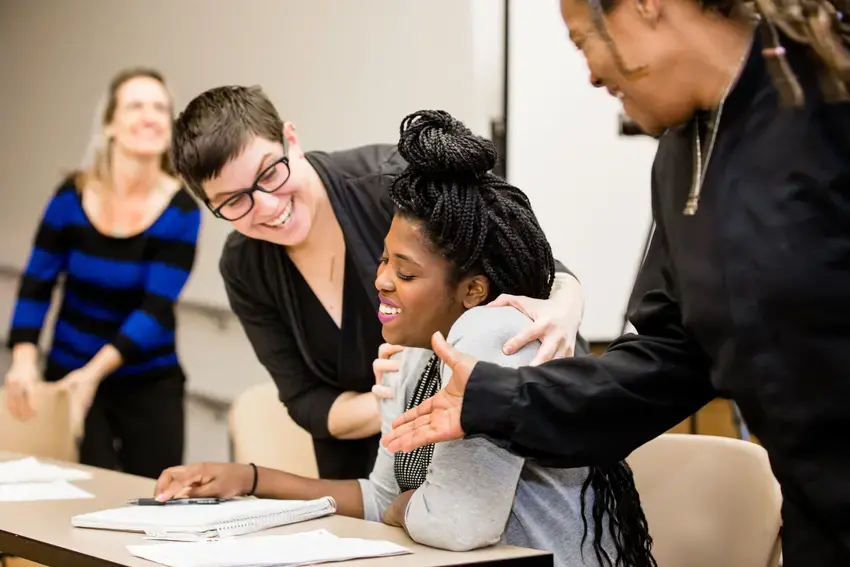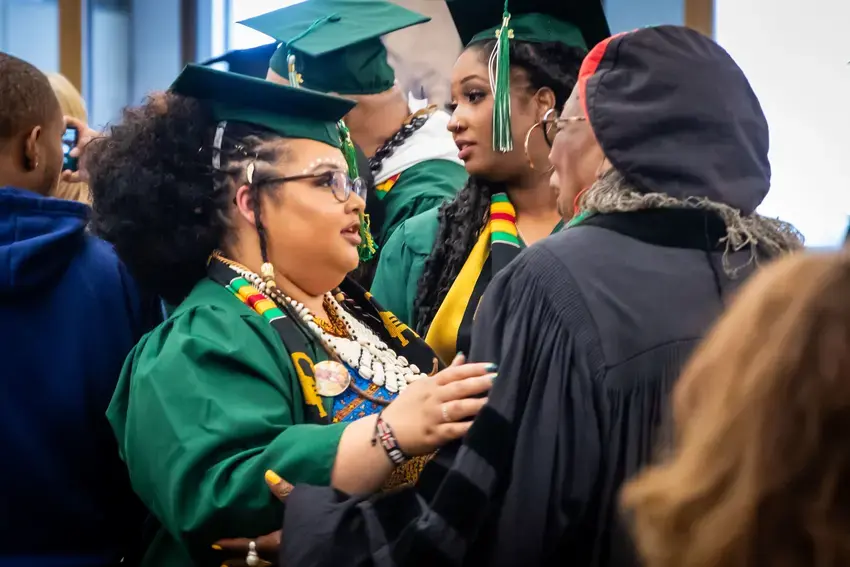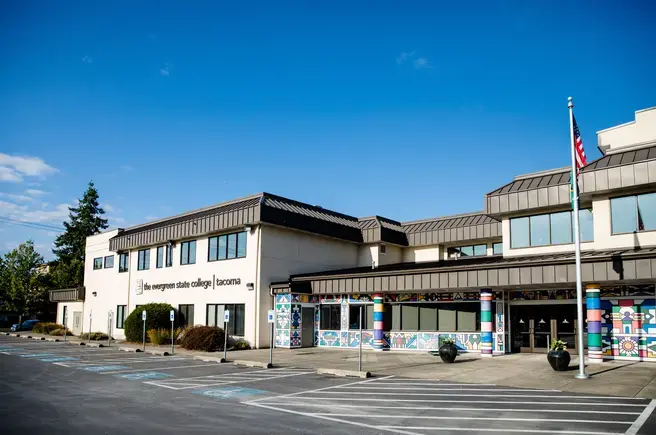Education Meets Community
Nestled in the historic Hilltop neighborhood, Evergreen Tacoma offers a dynamic and inclusive learning environment that celebrates diversity, innovation and community engagement.

Interdisciplinary Education Shapes Leaders
The unique curriculum at Evergreen Tacoma empowers students to explore a wide range of subjects, connecting various fields of study to address complex real-world challenges.
Education Made for You
How You'll Learn
Small class sizes, personalized attention, and a supportive learning environment create a transformative experience that goes beyond traditional classroom boundaries.
Tacoma students benefit from close interaction with compassionate and experienced faculty, advisors and staff. This dedicated team of experts and passionate mentors are committed to nurturing your intellectual curiosity and guiding you on your educational journey.
Evergreen Tacoma Faculty and Staff
How You'll Succeed
Beyond academics, our campus is a thriving hub of community and social activities. Engage in student clubs, attend thought-provoking lectures or participate in community service initiatives. Evergreen Tacoma's community is well known for its inclusive and supportive atmosphere where diverse perspectives are valued and encouraged.
Everyone you engage with at Evergreen Tacoma wants to see you succeed and will make sure you have what you need to get there.

Enter to Learn, Depart to Serve
From the beginning, Evergreen Tacoma has been a nexus for community activists playing a key role in Hilltop’s resurgence by helping a new generation of Tacoma residents acquire the skills and confidence to take their places as leaders in the region. This critical work continues to influence the direction of 21st-century Tacoma.
Students have gone on to a variety of graduate schools and careers. Many continue in a life of service as social workers, counselors, lawyers and in public administration.
